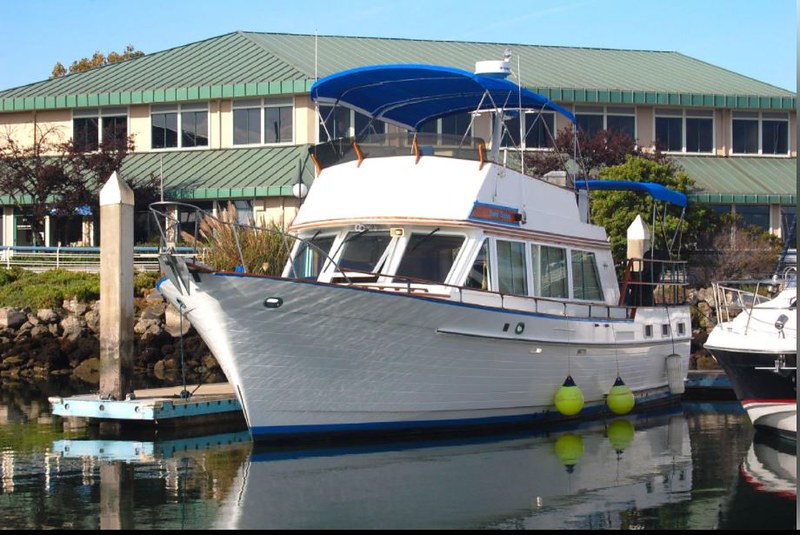livingalmostlarge
Recycles dryer sheets
- Joined
- Feb 8, 2014
- Messages
- 330
Has anyone been drawing on their portfolio whether early or not at a higher rate than 4%? I assume 4% is to never run out of money. But with the bull market which we can't count on I know, many retirees have ended up with more money than they started.
So I'm curious has anyone modelled or actually drawn say 6% or 8% from their portfolio or planned on taking large amounts so the idea is that they end life without any inheritance for anyone?
I'm not suggesting people do but I wonder if it's being too conservative to assume that you need 25x expenses if SS will be here in some shape or form? Or to assume a higher WR?
So I'm curious has anyone modelled or actually drawn say 6% or 8% from their portfolio or planned on taking large amounts so the idea is that they end life without any inheritance for anyone?
I'm not suggesting people do but I wonder if it's being too conservative to assume that you need 25x expenses if SS will be here in some shape or form? Or to assume a higher WR?


